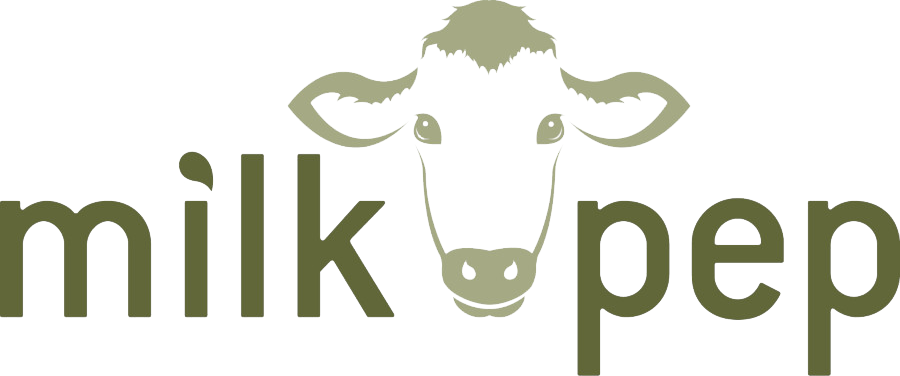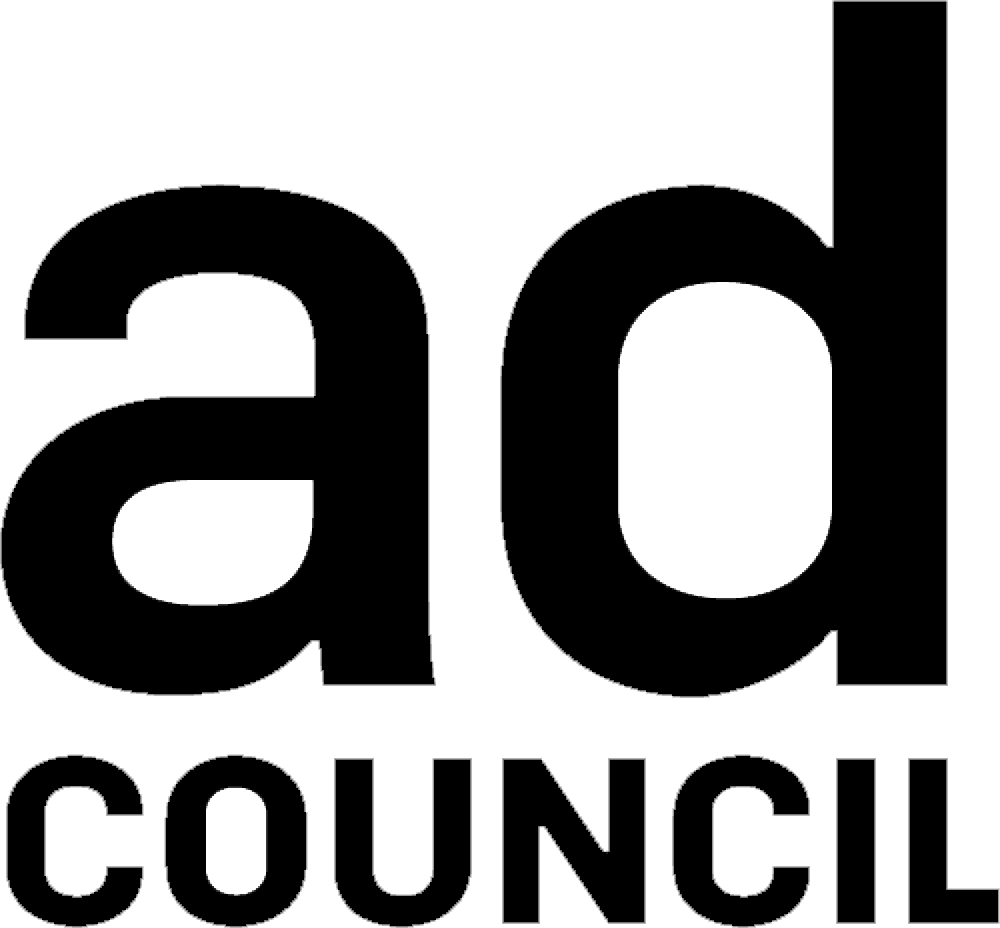BRIDGE24 Key Takeaway
Accessible advertising unlocks a $5 trillion market opportunity.
Unlock the $5 trillion accessibility opportunity and learn how brands can lead in inclusive advertising.
“Integrate accessibility from the start, whether it’s in your product design or marketing brief. Don’t settle for meeting standards — exceed them.”
— Meredith Brace, CMO, XR Extreme Reach
Key Statistics
- 15% of the world's population, or 1 in 6 people, have a disability. (Source: World Health Organization)
- 2.2 billion people worldwide are visually impaired or blind. (Source: World Health Organization)
- 2.5 billion people worldwide will be living with some degree of hearing loss by 2050. (Source: World Health Organization, 2/2024)
- Only 17% of creatives globally analyze or optimize for accessibility, including either closed captioning, audio descriptions or a combination of both. (Source: Extreme Reach)
The P&G Case Study: Accelerating Inclusive Advertising
- Challenge: Sam Latif, a legally blind accessibility leader at P&G, visually demonstrated the challenges faced by people with visual impairments when viewing ads
- Action: P&G committed to making all advertising accessible globally
- Obstacles: Broadcaster limitations, agency readiness
- Result: Fully inclusive advertising achieved in 6 months, beating 2-year expectation
The Business Case for Accessibility
- $8 trillion - The disposable income of 1.3 billion people worldwide with a disability
- $13 trillion - The disposable income when including friends and family
- 57% of consumers are more loyal to brands that commit to addressing social inequities
(Sources: World Economic Forum; The Valuable 500; Deloitte Global Marketing Trends Report, 2022 04)
Industry Insights
- Sonos: Integrating usability testing and screen reader compatibility in smart home speakers
- AWS: Ensuring marketing accessibility while working on product accessibility
- Subaru: Created a recognized commercial featuring a deaf character, highlighting the need for intentional inclusivity
Best Practices for Inclusive Advertising
- Integrate accessibility from the start of the creative and product development process
- Aim to exceed accessibility standards and push boundaries
- Leverage the power of individual advocates to drive change
- Provide comprehensive accessibility training for marketing teams
- Measure accessibility performance and set KPIs for improvement
(Sources: Meredith Brace, Extreme Reach; Lana McGilvray, Purpose; workshop participants)
Conclusion
The $5 trillion accessibility market represents a significant opportunity for brands to not only expand their reach but also to make a positive impact on society. By integrating accessibility into their advertising strategies from the outset, companies can tap into this market while building brand loyalty and driving social change.
As the P&G case study demonstrates, rapid progress is possible when organizations commit to accessibility. By following the best practices outlined above and learning from industry leaders, brands can position themselves at the forefront of inclusive advertising, benefiting both their bottom line and their social impact.





